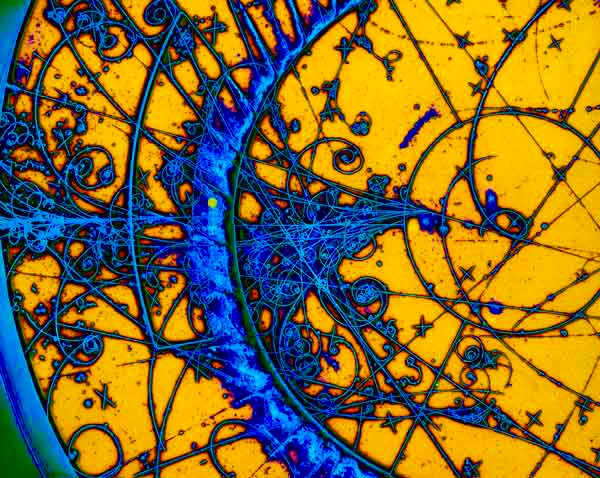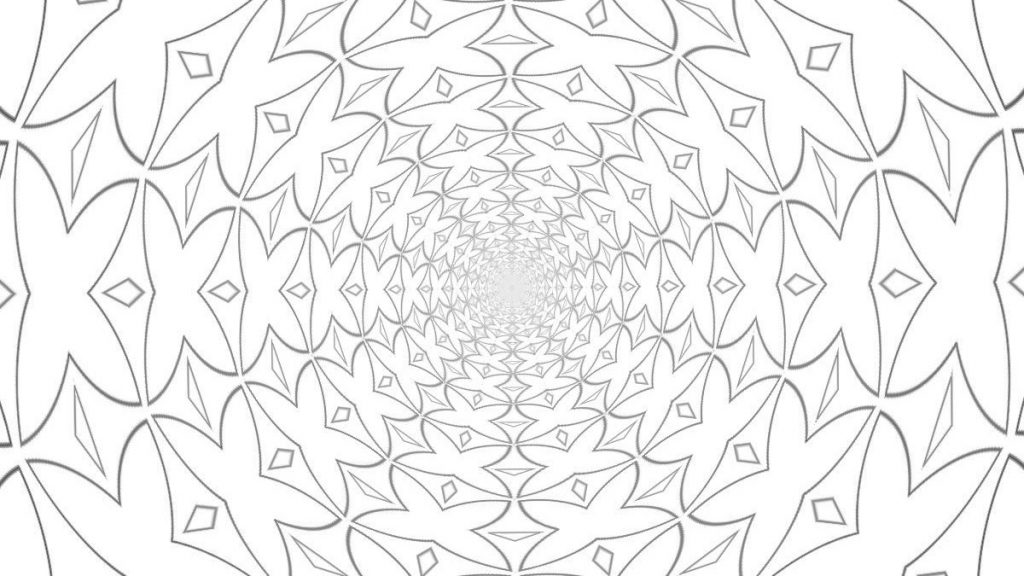
Inert, natural state.
Karmic wind, fate.
Original sin,
therein,
Bound to being,
begins.
Grasping existence,
Perimeter circle extends,
Spinning,
Cyclically repeating,
In persistence.

Ideas realized

Inert, natural state.
Karmic wind, fate.
Original sin,
therein,
Bound to being,
begins.
Grasping existence,
Perimeter circle extends,
Spinning,
Cyclically repeating,
In persistence.
Universally,
In perception or conception,
Manifestations
Synthesis of all
Possible quantum scenarios.
Reflection on the introduction, by Paul Davies, to “Six Easy Pieces” by Richard Feynman:
… All physics is rooted in the notion of law – the existence of an ordered universe that can be understood by the application of rational reasoning. However, the laws of physics are not transparent to us in our direct observations of nature. They are frustratingly hidden, subtly encoded in the phenomena we study. The arcane procedures of the physicist- a mixture of carefully designed experimentation and mathematical theorizing are needed to unveil the underlying law-like reality…
The problem is that quantum ideas strike at the very heart of what we might call commonsense reality. In particular, the idea that physical objects such as electrons or atoms enjoy an independent existence, with a complete set of physical properties at all times, is called into question. For example, an electron cannot have a position in space and a well-defined speed at the same moment. If you look for where an electron is located, you will find it at a place, and if you measure its speed you will obtain a definite answer, but you cannot make both observations at once. Nor is it meaningful to attribute definite yet unknown values for the position and speed to an electron in the absence of a complete set of observations…
The Feynman method has the virtue that it provides us with a vivid picture of nature’s quantum trickery at work. The idea is that the path of a particle through space is not generally well defined in quantum mechanics. We can imagine a freely moving electron, say, not merely traveling in a straight line between A and B as common sense would suggest, but taking a variety of wiggly routes. Feynman invites us to imagine that somehow the electron explores all possible routes, and in the absence of an observation about which path is taken we must suppose that all these alternative paths somehow contribute to the reality. So when an electron arrives at a point in space-say a target screen—many different histories must be integrated together to create this one event.

Subjectively, things may be viewed
as better or worse.
Objectively, having changed,
they are just different.
“I,” in truth, the continuum,
Not perceived manifestation,
Nominally dependent fruition
Phenomenal sequential summation.
all do,
mind mind.